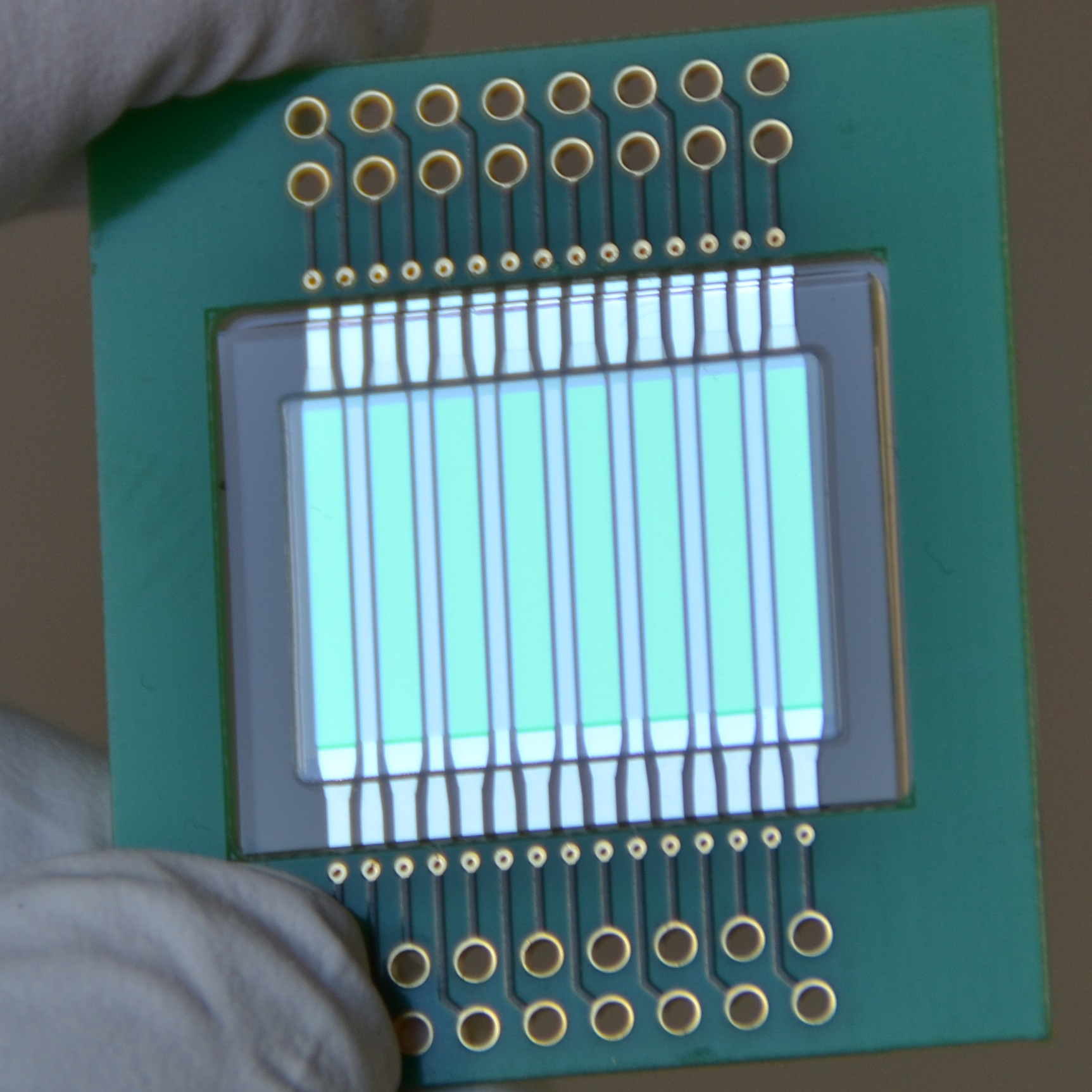The European Union have set up higher standards of food safety and food quality. In order to meet the requirements especially in the dairy industry, researchers in the EU are working on developing a new optoplasmonic sensor which enable fast, on-site milk quality analysis.
In the EU-funded project MOLOKO (Multiplex phOtonic sensor for pLasmonic-based Online detection of contaminants in milK), Fraunhofer researchers have teamed up with partners from seven countries to develop a fast and inexpensive test for identifying quality factors in milk.
In the five-minute test, a new optoplasmonic sensor analyzes the product for a total of six substances, thereby providing a supplementary check and an early-warning system within the supply chain, well before the milk is pumped into the tanker. The sensor is functionalized with receptors for specific antibodies that serve as indicators of various quality and safety parameters for milk. It thereby allows dairy farms to carry out automated, on-site quantitative analyses.

(Image: Fraunhofer FEP)
The entire system consists of a reusable microfluidic chip, organic light-emitting transistors (OLETs) or diodes (OLEDs), a sensor comprising organic photodetectors (OPDs), a nanostructured plasmonic grating and the specific antibodies.
Dr. Michael Törker, a researcher at Fraunhofer FEP, explained how the system works, “Light emitted by the transistor falls onto a grating coated with antibodies specific to the various substances being tested for. When milk is flushed over the grating, any target molecules in the milk then bond with the antibodies. This alters the refractive index in the immediate vicinity of the grating, which in turn modifies how this light is reflected. The reflected light is registered by the photodetector, which measures minimal changes in the refractive index.”
The aim is to use this biosensor at various points along the value chain – both as a lab device and directly installed in dairy equipment. Moreover, it will also be suitable for testing the quality of liquids other than milk, such as beer or water. The only adjustment required is a modification to the immobilized capture molecules and to the requisite reaction buffer. This would merely involve replacing the capture molecules with ones suitably modified for the purpose in question.
Initial results from the development will be on show at CES 2020 in Las Vegas on January 7–10, 2020.





 CN
TW
EN
CN
TW
EN




